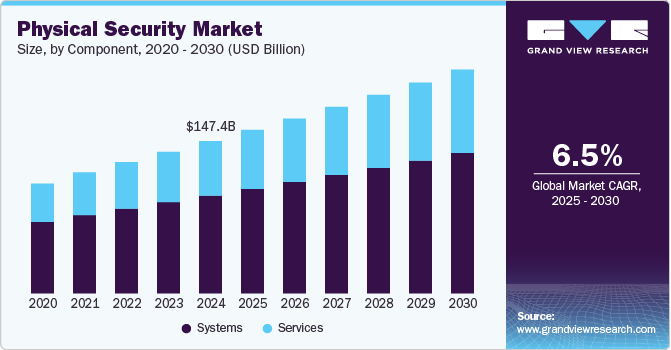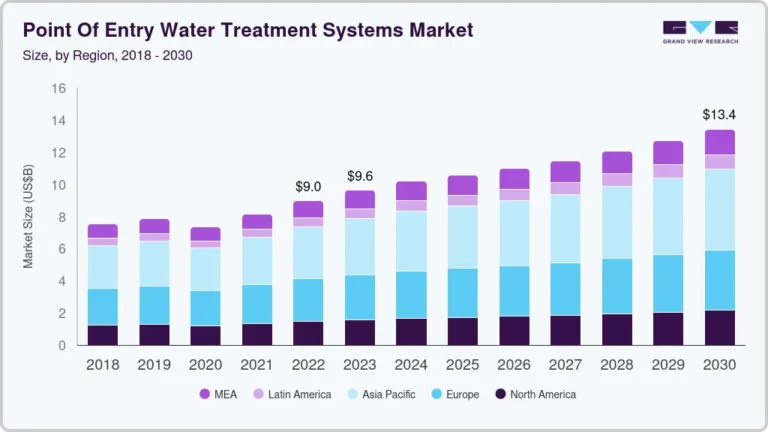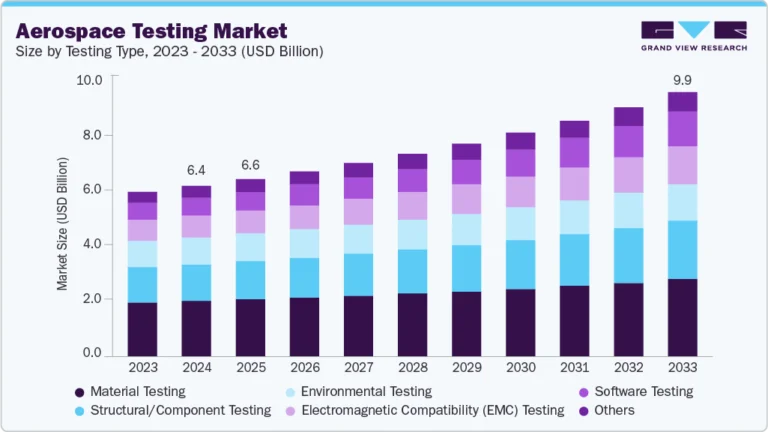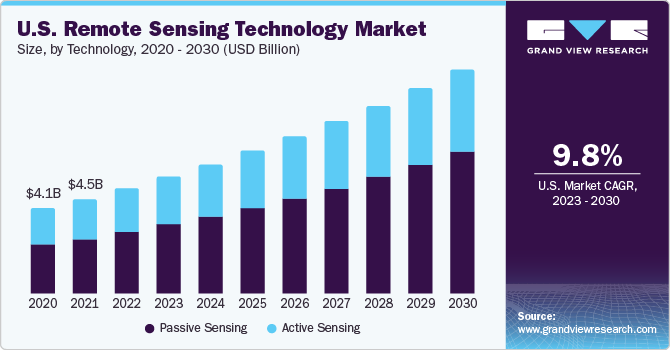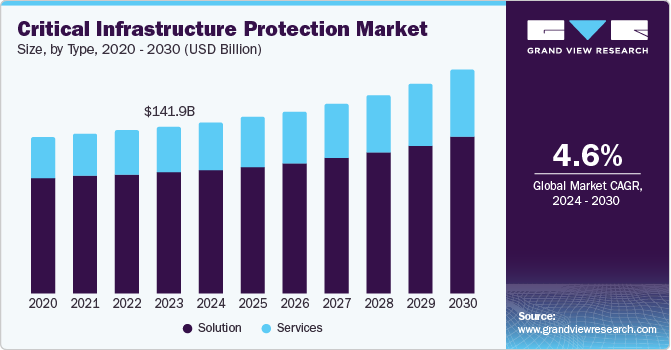IP Camera Market Size, Share & Trends Analysis growing at a CAGR of 13.4% from 2025 to 2030

The global IP camera market size was estimated at USD 15.21 billion in 2024 and is projected to reach USD 31.11 billion by 2030, growing at a CAGR of 13.4% from 2025 to 2030. The IP Camera Industry is experiencing rapid growth due to the increasing adoption of AI-powered cameras for advanced surveillance.
Key Market Trends & Insights
- In terms of region, North America was the largest revenue generating market in 2024.
- Country-wise, Brazil is expected to register the highest CAGR from 2025 to 2030.
- By component, the hardware segment accounted for the largest market share of over 76% in 2024.
- Based on product type, the infrared segment accounted for the largest market share in 2024.
Market Size & Forecast
- 2024 Market Size: USD 15.21 Billion
- 2030 Projected Market Size: USD 31.11 Billion
- CAGR (2025-2030): 13.4%
- North America: Largest market in 2024
Request a free sample copy or view report summary: https://www.grandviewresearch.com/industry-analysis/ip-camera-market-report/request/rs1
These cameras leverage deep learning and computer vision to enhance security features such as facial recognition, behavior analysis, and real-time alerts. Businesses and governments are investing in AI-driven IP cameras to improve monitoring efficiency and threat detection. Smart cities and smart home ecosystems are also fueling the demand for AI-integrated surveillance solutions. AI-enabled IP cameras reduce false alarms and optimize video analytics, making them a preferred choice over traditional CCTV systems. As AI technology advances, the market is expected to witness further innovations, driving continued adoption across multiple sectors.
The increasing demand for cloud-based surveillance solutions is driving the shift in the IP camera industry towards scalable and remote-access systems. Cloud storage removes the necessity for extensive on-premises infrastructure, leading to cost reduction and greater accessibility for businesses of all sizes. Organizations are adopting cloud-based IP cameras for their superior cybersecurity measures, seamless software updates, and efficient data backup. The rapid adoption of Video Surveillance as a Service (VSaaS) is further accelerating market expansion. Cloud integration allows real-time monitoring from any location, significantly enhancing security operations for enterprises and households. As 5G networks and edge computing advance, the adoption of cloud-based IP cameras is expected to grow rapidly.
The rising demand for high-resolution cameras in the IP camera industry is fueled by the need for clearer and more detailed video footage. Businesses, law enforcement agencies, and smart city projects increasingly rely on high-definition (HD) and ultra-high-definition (UHD) cameras for enhanced security. The deployment of 4K and 8K resolution IP cameras improves image clarity, facilitating accurate facial and license plate recognition. With decreasing storage and bandwidth costs, the adoption of high-resolution cameras is becoming more viable. The integration of advanced compression technologies such as H.265 ensures efficient data transmission without overwhelming network infrastructure. As security professionals prioritize high-quality surveillance footage, this trend is expected to strengthen further.
The growing adoption of wireless and IoT-enabled surveillance solutions is transforming the IP Camera Industry by enabling flexible deployment and enhanced connectivity. Wireless IP cameras remove the complexities associated with traditional wired setups, making them ideal for residential, commercial, and industrial applications. The integration of IoT allows these cameras to communicate seamlessly with other smart devices, improving security automation and interoperability. Businesses and homeowners favor wireless IP cameras due to their simple installation and remote access via mobile applications. The expansion of smart city projects and home automation ecosystems is further boosting demand for these advanced surveillance solutions. With the ongoing rollout of 5G technology, wireless IP cameras will become even more efficient and widely utilized.

